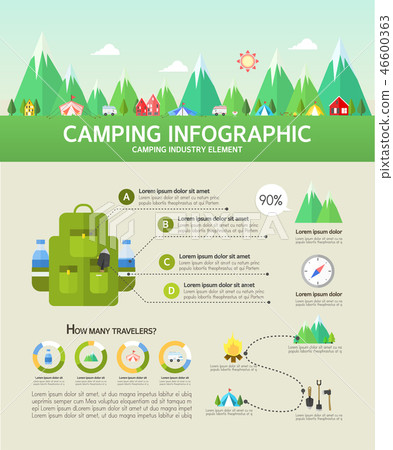Selling Camping Tents Online For The Uninitiated
Selling Camping Tents Online For The Uninitiated
Blog Article
Taking Pictures of the Evening Skies
A range of elements can affect night sky photography. From weather to upcoming celestial events, you'll wish to plan in advance to ensure success.
What benefits can you get in camping?
The shutter speed you choose determines whether celebrities look like exact pin-points or route across the picture. An excellent general rule is to restrict the exposure to 500 seconds, or the equivalent of your lens's focal length.
Location
Among one of the most essential factors in a good picture is where you take it. Go for places with minimal light air pollution, and stay clear of locations that have brilliant city lights and high-rise buildings.
Likewise, try to find an area that uses foreground aspects to produce compositions with. For example, dune patterns, wind-sculpted ridges and rough outcrops can all supply interesting foreground elements to aid inform the story of your night skies picture.
It is also helpful to study expensive events such as meteor showers and lunar eclipses to make the most of possibilities for excellent pictures. Using a device such as the Professional photographer's Ephemeris can be exceptionally helpful when planning your shoots. It helps you to establish moon stages, Milky Way position and other astronomical occasions. Likewise, consider capturing in RAW style rather than JPEG as this gives you a lot more versatility when processing the photos. This is particularly true if you intend to publish your photos.
Camera Setups
Getting the right electronic camera settings is necessary for any photograph, however specifically so for evening sky images. A wide-angle lens is best for catching more of the Galaxy and decreasing star routes, in addition to a much longer shutter rate to stop the movement of stars and reveal their details.
For a maximum level of clarity, shoot in RAW format rather than JPEG, which allows you to maintain more data and offers adaptability during post-processing. This can additionally contribute to submit size, so make sure you have lots of storage space and additional flash memory card handy.
Set your emphasis to manual focusing by turning the AF/MF turn on your lens right into MF setting. You may require to take a few examination shots and check the photo playback on your video camera's LCD display until you attain ideal, identify manual emphasis. It's tents that you can live in a good concept to do this throughout the day with your chosen lens and the area you will be contending night, to validate the accuracy of your emphasis setting.
Lights
A good night sky image requires the ideal conditions. This consists of a dark sky, however also an intriguing foreground element such as a hill on the horizon, a lake to show the stars, or a human aspect like a barn or shed. You can also use a headlamp to brighten the foreground and add some drama or deepness to your image.
One of the most vital video camera setups for night skies photography are the aperture and shutter speed. The bigger the aperture, the more light that gets to the sensing unit. This allows you to catch intense stars in a fairly brief amount of time.
The shutter speed figures out whether your celebrities will be pin-point best or if they will appear as celebrity routes due to the Planet's turning. Make sure to take numerous lengthy exposure shots and pile them in post-processing for the very best results. Finally, shoot in RAW setting to give yourself optimal latitude in post-processing.
Make-up
The secret to lovely celebrity shots isn't a high-end telescope, a brand-new wide-angle lens or a state-of-the-art Canon or Nikon camera. It's method, preparation and make-up.
For starters, search your shoot area beforehand to get a feel for the design and possible compositions. Think about integrating foreground components such as rocks, a lake or alpenglow on the landscape to include character and rate of interest to your pictures.
Bear in mind the Rule of Thirds when composing your photos. This basic concept helps balance and combine pictures. It's additionally useful for focusing on points of interest in your picture, such as rock attributes or the Galaxy. Also, keep in mind to prepare your shoots around moon stages-- capturing at a full moon can overpower stars and produce a silhouetted form, while firing on evenings with a new moon can aid you see constellations more clearly.
Do glamping pods have electricity?
